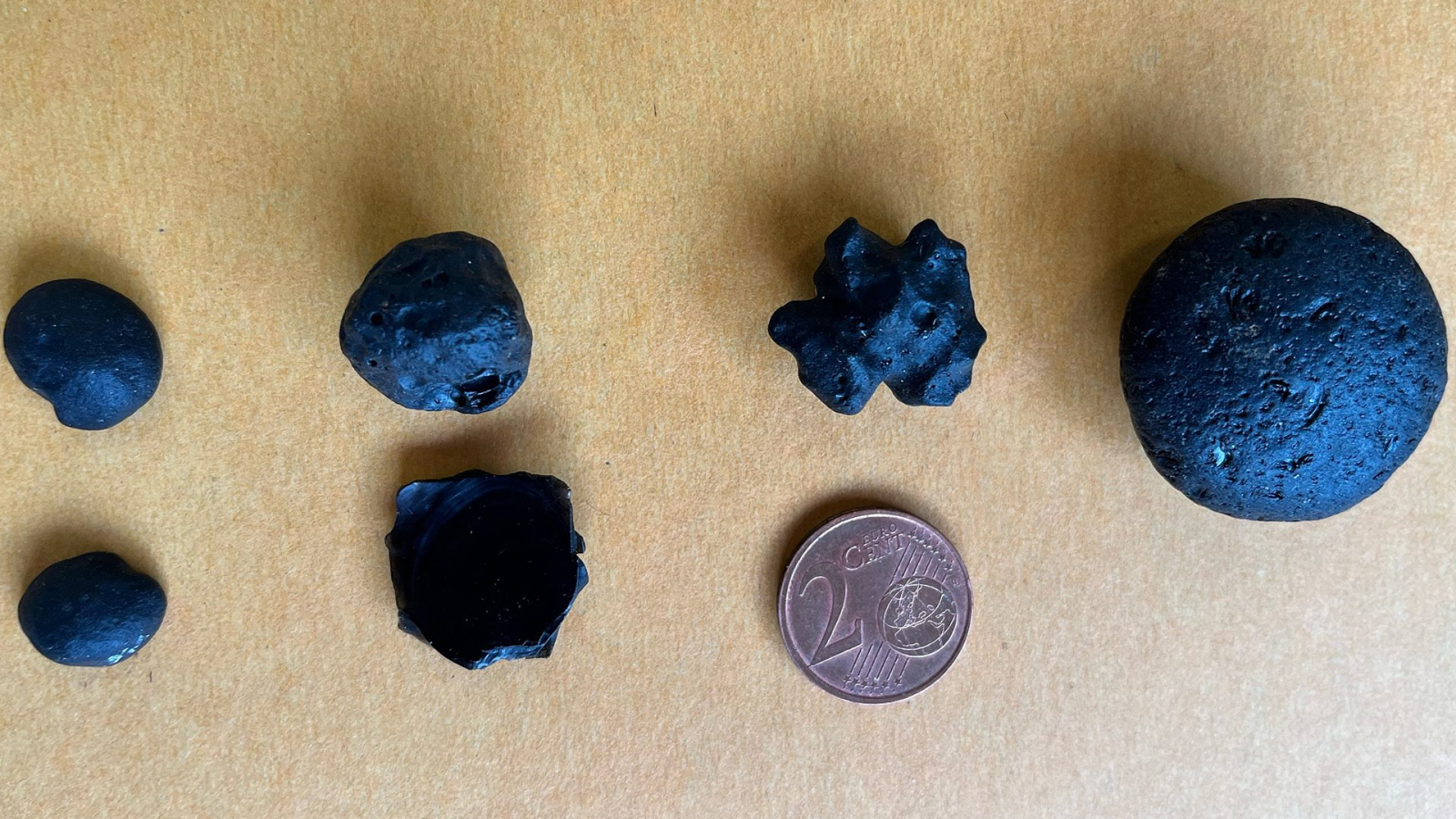A newly discovered 16-million-year-old fossil of an elusive “dirt ant” preserved in Dominican amber has stunned scientists and reshaped our understanding of ant evolution. The study, published in the Proceedings of the Royal Society B, provides the first direct evidence that the Basiceros lineage once lived in the Caribbean before mysteriously vanishing during the Miocene epoch.
A Discovery Buried in Amber
The fossil, identified as an adult worker ant of a new species named Basiceros enana, is unlike anything seen before. Found in amber from the Dominican Republic, this tiny ant—just 5.13 millimeters long—offers a rare glimpse into an ancient ecosystem where predator ants once thrived.
Researchers from the New Jersey Institute of Technology (NJIT) describe the find as “like finding a diamond,” given the extreme rarity of dirt ants in both modern and fossilized forms. Today, living Basiceros species are found only in neotropical rainforests from Costa Rica to southern Brazil, far from their once Caribbean habitat.
Unraveling an Ancient Evolutionary Puzzle
Until now, scientists believed that Basiceros ants evolved solely within South America. This fossil upends that view, proving that these ants once roamed Caribbean islands before disappearing millions of years ago.
“Fossils like this challenge our assumptions about biogeographic history,” explained Phil Barden, senior author of the study. “If you look only at living species, you would never guess that their ancestors once lived in the Caribbean.”
This unexpected discovery also rewrites the evolutionary narrative of the genus. The fossil indicates that Basiceros ants nearly doubled in size over 20 million years, contradicting earlier hypotheses that their ancestors were larger and later shrank.
Cutting-Edge Imaging Brings the Past to Life
To study the fossil, the team used high-resolution micro-CT scanning, a technique that allowed them to visualize microscopic details invisible to the naked eye. This revealed specialized hairs—long “brush hairs” and shorter “holding hairs”—that dirt ants use to camouflage themselves by collecting soil particles on their bodies.
This form of crypsis, or extreme concealment, appears to have been in place at least 16 million years ago, showing that even ancient ants mastered survival strategies that remain effective today.


Why These Ants Disappeared?
Despite their remarkable survival traits, Basiceros enana eventually vanished from the Caribbean. Researchers believe this disappearance was driven by a combination of major environmental changes during the Miocene that altered or reduced their habitats, intensified competition with other ant species that may have pushed them to local extinction, and a significant decline in predator diversity across the region, with more than one-third of ant genera disappearing since the formation of Dominican amber.
“This fossil is a missing piece in a larger puzzle,” said Gianpiero Fiorentino, the study’s lead author. “Understanding why these ants disappeared may help us better predict which species are at risk today.”
The Bigger Picture
The discovery of Basiceros enana offers more than a glimpse into the past; it also provides valuable lessons for the future. By examining how ancient species adapted, migrated, and vanished, scientists can better understand the dynamics of extinction and survival.
“This is exactly why fossils matter,” Barden emphasized. “They don’t just fill gaps—they rewrite what we thought we knew.” The tiny ant fossil from Dominican amber is not just a scientific curiosity; it is a reminder that Earth’s evolutionary history is far more intricate than it appears. Each new find reshapes the map of life’s past, highlighting both the resilience and fragility of species across time.
Source link


